
|
|
|
|
|
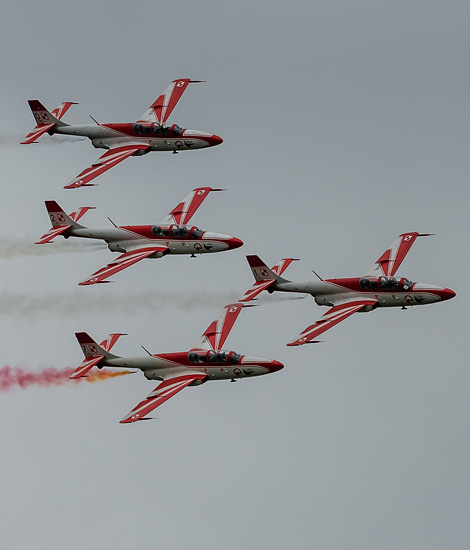
|
Origin of the Polish Air Force; Radom-Sadkow, August 23 – 25, 2018
100 Years Polish Air Force, part 1; Text and Photograph's by Alex van Noye
In the year 1918, Poland would for the first time in history become an independent and republic. After an early start the Polish Air Force aircraft received the characteristic red and white chessboard symbols on the fuselage and wings. Shortly before the Second World War, the Polish Aviation Industry would excel.
The Polish Air Force is referred in Polish to as Sily Powietrzne which literally means air force. The Air Force of Poland is one of the military branches of the Polish armed forces. Until July 2004 the Polish Air Force was officially designated as Wojska Lotnicze i Obrony Powietrznej (Air and Air Defense Forces). Nowadays, the Polish Air Force is fully integrated into the NATO structure. Poland is a member state of the European Union and NATO and is providing assistance in the contribution to the international arena. The Polish Air Force has its origins in the months after the end of First World War in 1918. In 1918, some squadrons of aircraft were created within the Polish units in the allied countries. In Russia, a squadron was formed as part of the Polish Corps of General Józef Dowbór-Muśnicki. This unit, however, was disbanded along with the Corps in May 1918. The most striking thing about the Polish aircraft in comparison with that of other air forces is the well-known red and white square emblem on the fuselage of the aircraft. The Poles designate the emblem as the Polish Checkerboard. The story of making national markings on aircraft started during the First World War in France. The French were the first to introduce their own roundel in 1913. The events in which Poland regained independence are closely linked to the end of the First World War on November 11, 1918. Five bomber squadrons were created in France in the army of General Józef Haller.
The fledgling air force originally consisted of German and Austrian aircraft which were conquered or abandoned due to damage. These aircraft were used for the first time in the fight against Ukraine in the area of Lviv in 1918. After 1919, Poland was involved in the war with the Soviet Union and the country began to buy aircraft abroad. As a result, the Polish Air Force consisted of a variety of planes from the First World War era. The most widely used aircraft were of the type SPAD XIII, Fokker D.VII, Oeffag D.III, Ansaldo Balilla, SPAD VII, Albatross D.III, Sopwith Dolphin and Fokker EV
|
|
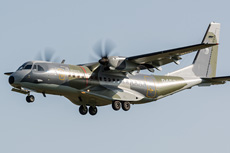
|
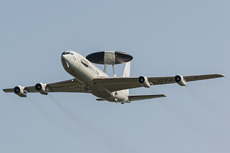
|
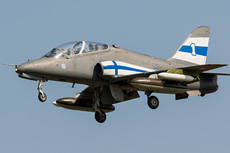
|
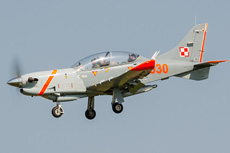
|
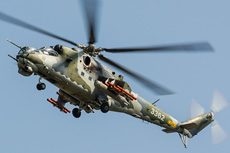
|
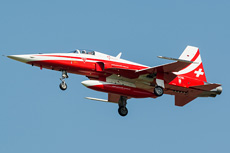
|
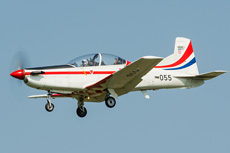
|
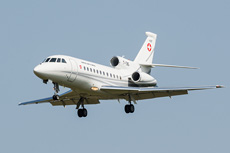
|
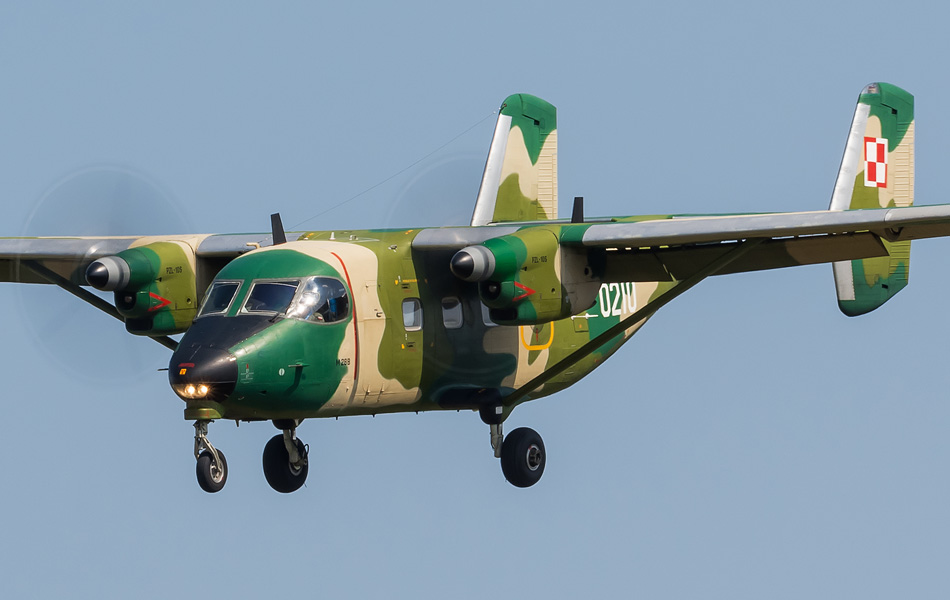
|
(D.VIII). The use of the many types of aircraft, ensured that the Polish Air Force was in need of well-recognizable markings. Before the Polish checkerboard was finally chosen as a preferred indication, the aircraft often received spontaneously painted white and red graphic elements according to the national color scheme of the country. Often the shape and the meaning of the different Polish emblems varied. The white-red checkerboard eventually became the symbol for the Polish Air Force. It is often claimed that the history of the symbol started by Lieutenant Stefan Stec. This pilot was a Polish pilot who flew for the Austro-Hungarian army. On November 15, 1918, Lieutenant Stefan Stec flew to Warsaw in his Fokker EV (D VIII), where he handed over a report from Lviv which was besieged at that time. His plane carried the personal emblem of the pilot, namely a square divided into four symmetrical fields in the Polish colors. Stec was an experienced pilot and carried out combat operations and issued reports to the staff officers during the fighting against the Ukrainians.
After the Polish-Soviet War, the aircraft from the period of the First World War were gradually phased out. From 1924 to 1926, the French SPAD 61 entered operation. The standard light bombers of the Poles were also French and were of the type Potez 15, Breguet XIX and Potez 25. The Potez bombers were produced in Poland. The medium bombers were of the type Farman Goliath and later a military variant of the Fokker F-VII. In 1933 the first monoplanes were introduced. In this period, changes were also introduced to the emblem by the President of the Republic of Poland on March 13, 1930. The checkerboard emblem was then formally approved as a means of recognition of the Polish military planes. This was done on the basis of a decree "regarding the issue of flags and aviation markings". The same decree also ensured that the "frame" of the checkerboard was added to the emblem. The width of the frame around the emblem had a ratio of 1:5 compared to the length of the square sides. This still applies on the emblem nowadays. When Poland regained its independence in November 1918, the country did not have an aircraft industry yet. At the beginning of the 1930s it was assumed that the young engineers and designers had gathered sufficient knowledge to make their own designs which met the Polish needs. The Institute for Aerodynamics and Institute for Flight Testing (Instytut Aerodynamiki and Instytut Badań w Locie) were established to accommodate development programs.
A group of students from the Warsaw University of Technology Aviation Department of the Mechanics Student Reading Group ensured that the RWD plant was established. Another important step that made aviation and industry in Poland much more modern was the newly established PZL facility in Warsaw. PZL would become the most important Polish aircraft manufacturer in the entire Polish history. The first mono planes were fully made of metal and were designed by Zygmunt Puławski. The first type which entered service was the PZL P.7a. This design was followed by 30 improved PZL P.11a aircraft. The final design of the PZL P.11c was produced in a quantity of 175 pieces in 1935. This aircraft remained the only Polish fighter in the Polish Air Force until 1939. The aircraft was however already outdated compared to foreign aircraft designs in the same period. The PZL P.24 was only designed and built for export and was bought by four countries. The new fighter aircraft of the type PZL 50 Jastrząb (Hawk) were similar to the Seversky P-35 and would be produced too late for participation during the Second World War. In 1938 the Polish factory PZL designed a modern twin-engine medium bomber designated as the PZL 37 Los (Elk). This aircraft was the best bomber in the world in the same year. The Los had a payload of 2580 kg and a top speed of 439 km/h. Also of this type, were only a few aircraft been built and it played only a small role during the Second World War.
|
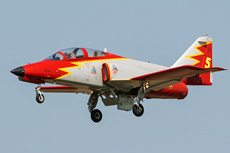
|
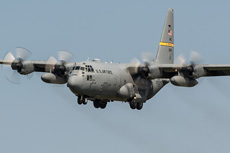
|
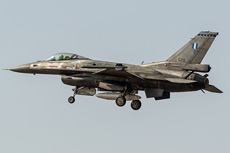
|
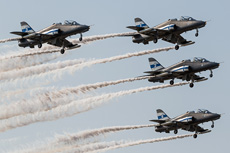
|
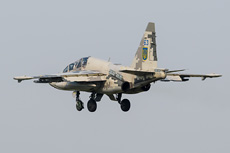
|
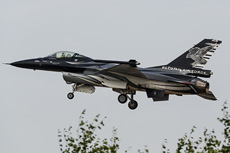
|
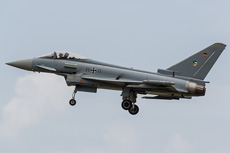
|
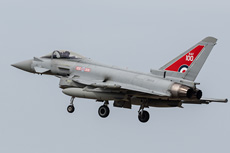
|
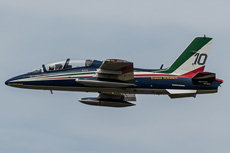
|
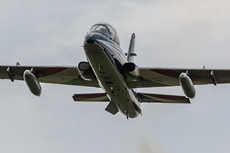
|
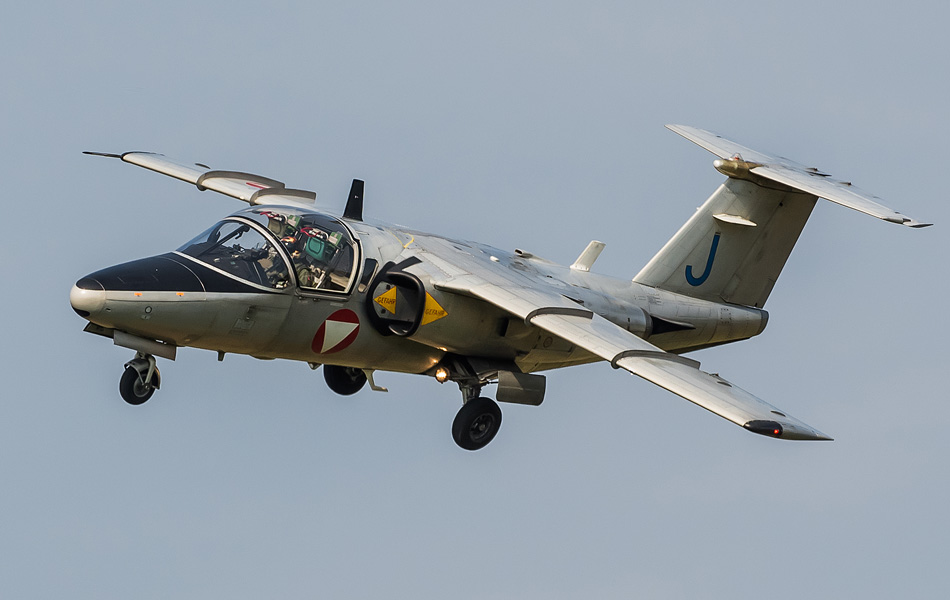
|
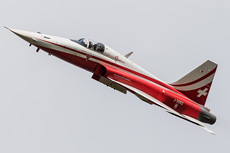
|
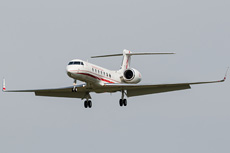
|
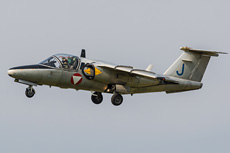
|
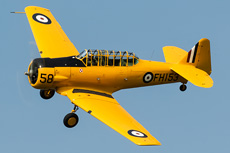
|
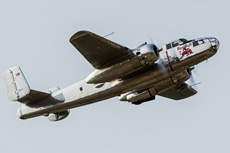
|
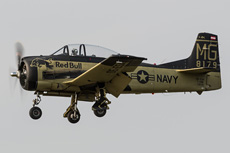
|
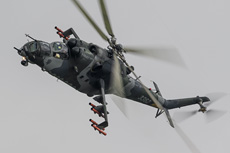
|
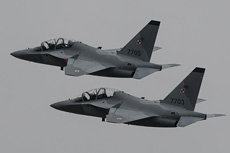
|
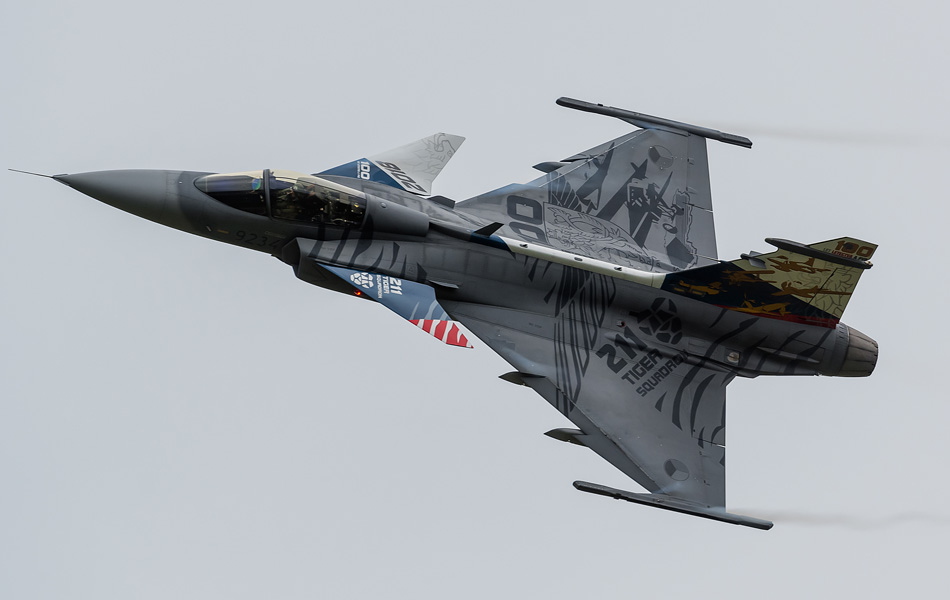
|
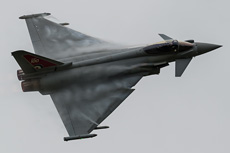
|
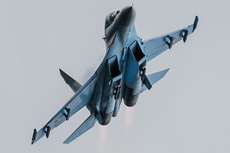
|
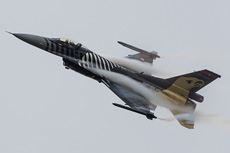
|
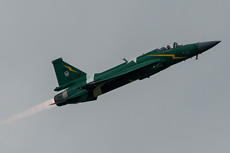
|
|
|

|







